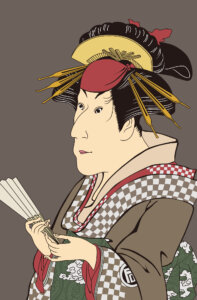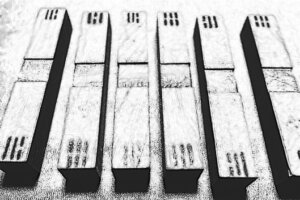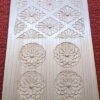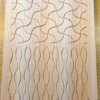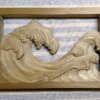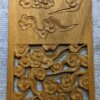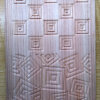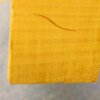How to carve patterns Part 14 ~Ichimatsu and Sankuzushi~
This time, I will explain how to carve "Ichimatsu" and "Sankuzushi".
"Ichimatsu" is a pattern of alternating squares of different colors. It has long been called "Ishidatami", but it was also called "Ichimatsu" after the Edo period Kabuki actor Sanogawa Ichimatsu(佐野川市松) used it.
"Sanzoushi" is a pattern in which three pieces are arranged vertically and horizontally like a cobblestone pattern. In ancient times, this pattern was called "Sanki-zushi" or "Sanki-zushi" because it looks like the "Sangi(算木)" used in Japanese arithmetic and divination was broken down.

The three chisels used were a 9mm sharp chisel, a 6mm flat chisel, and a 3mm flat chisel.
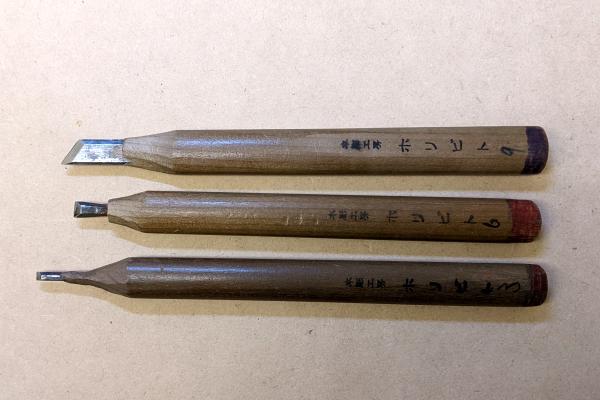
Preparation
Use carbon paper to trace Ichimatsu and Sankuzushi onto a postcard-sized wooden board. The sketch can be downloaded from here (PDF of Ichimatsu and Sankuzushi) , so please use it.
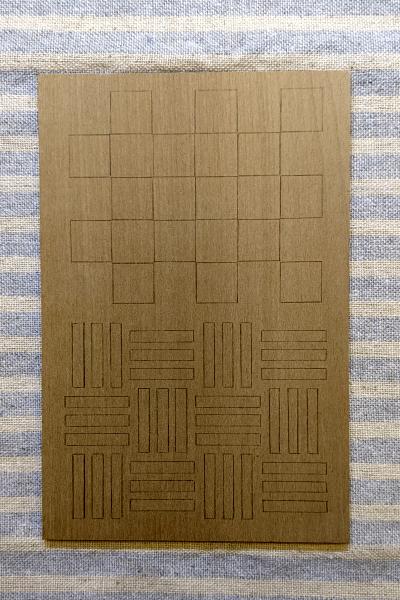
How to carve Ichimatsu
Use the sharp chisel to make a cut at a certain depth in the red line in the image below.
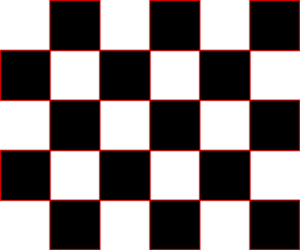
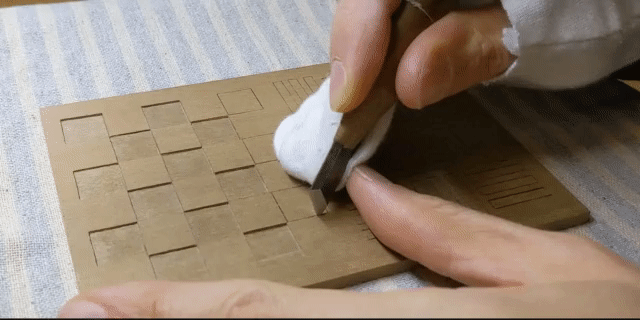
Next, use the flat chisel (6mm) to carve a plane in the green part of the image below so that it intersects with the cut you made earlier . If you move the chisel horizontally until the end, you will get a smooth flat surface.


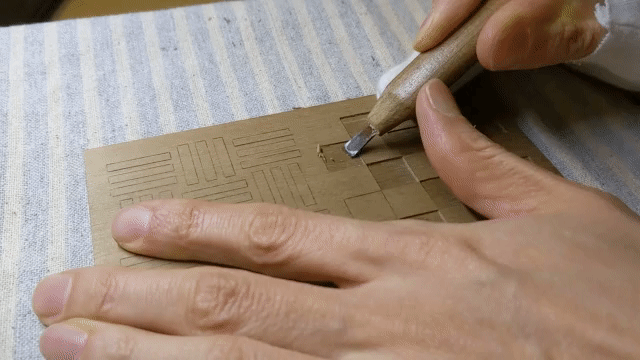
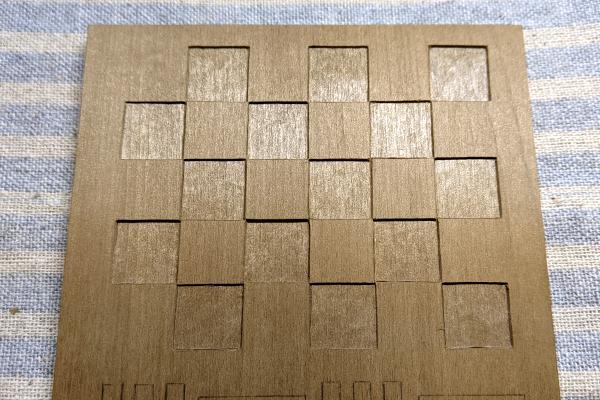
How to carve Sankuzushi
Just like with Ichimatsu use the sharp chisel to make a cut at a certain depth in the red line in the image below.
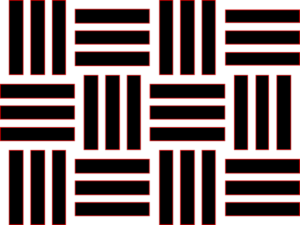
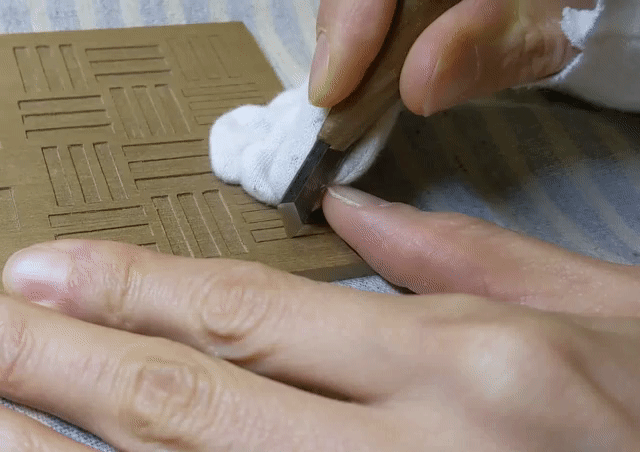
Next, use the flat chisel (3mm) to carve a plane in the green part of the image below so that it intersects with the cut you made earlier. The width is narrower than the checkered pattern, making it difficult to carve, but try to carve as neatly as possible with the notches.
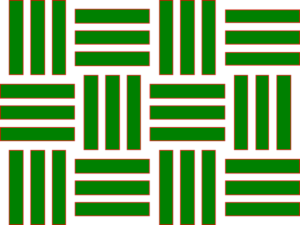
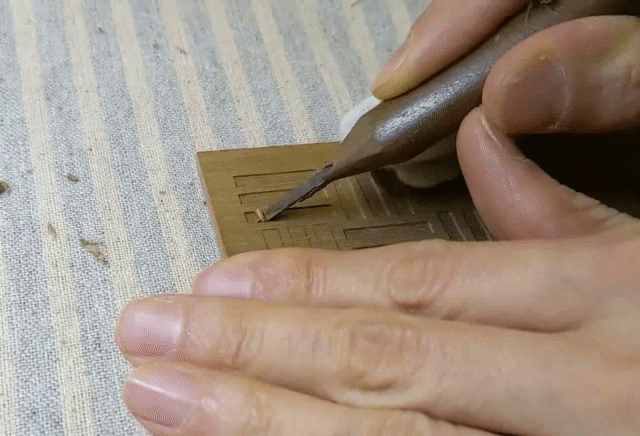

How to carve patterns
- From the lattice to the scales
- Raimon
- Asanoha and Sayagata
- Seigaiha and Sippo-Tsunagi
- Higaki and Kumikikko
- Mimasu-Tsunagi and Mimasu-Chirashi
- Ryusui
- Bundo-Tsunagi and Tatewaku
- Yamajimon and Misujidate
- Kemanmon and Gobosei
- Chidori and Chidori-Goshi
- Nejiume (Twisted plum)
- Kikubishi and Yaegiku
- Ichimatsu and Sankuzushi ←Current page displayed
- Kikko and Yagasuri
- Clouds
- Waves


